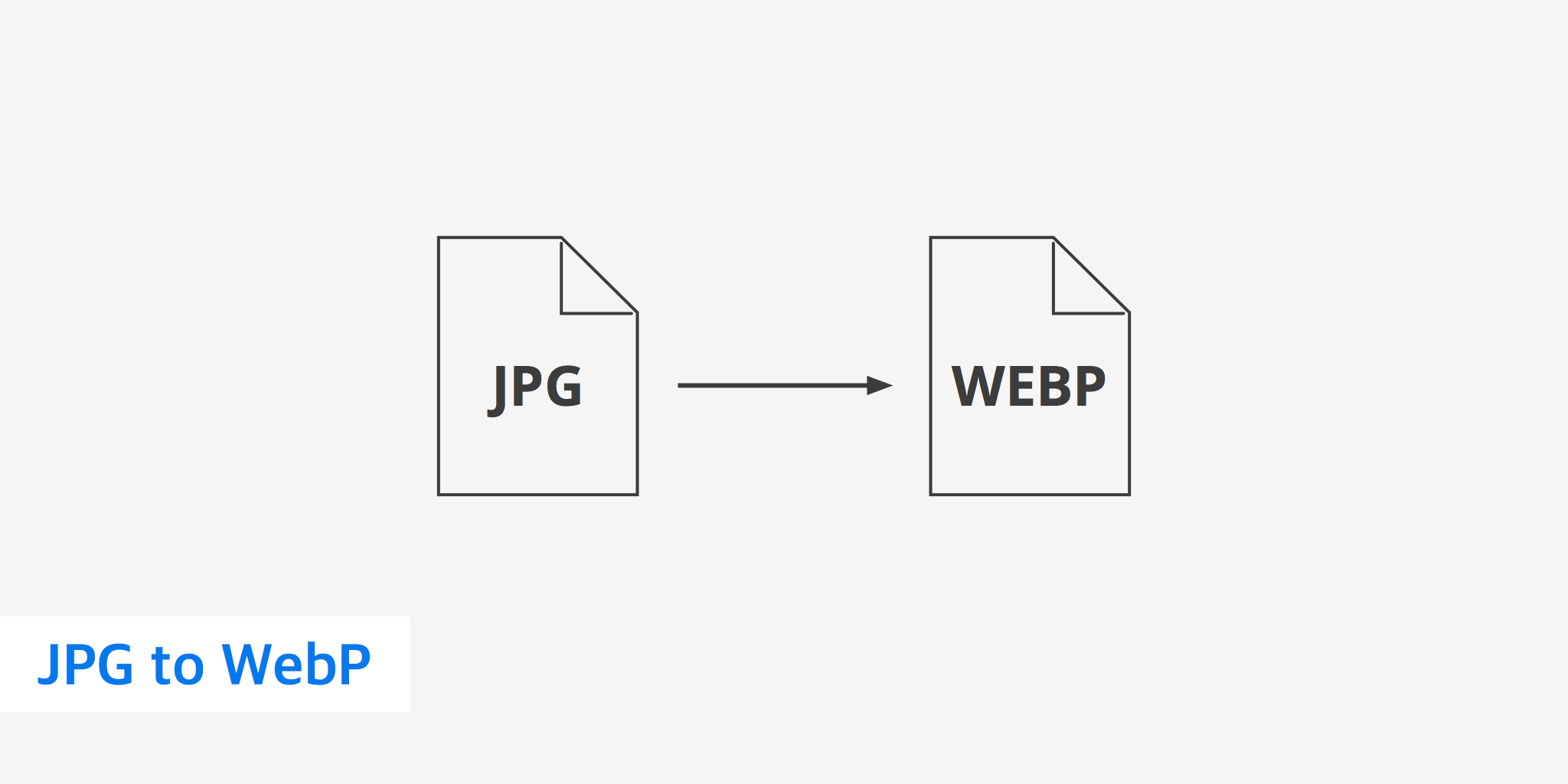JPG to WebP - Comparing Compression Sizes

We are always exploring different ways to improve content delivery performance and speed. Using Google's WebP image format, and serving them to supported browsers, can be a clever way to instantly see faster download speeds. Not to mention, they will drastically reduce your overall page weight. We decided to run a comparison, on a larger scale, of the final compression sizes when converting from JPG to WebP. We will show you the difference between the original JPGs, compressed JPGs, and WebP. Make sure to also check out our comparison of PNG to WebP.
JPG to WebP comparison
We used our test environment and uploaded five different full resolution JPGs (most of them averaging between 1-5 MB). We then ran them through our Optimus WordPress plugin to both compress and convert them to WebP.
When we say uncompressed, we are really referring to not compressed as much, because generally JPGs are already compressed to a certain extent.
JPG to WebP results
Here are the results of the uncompressed JPGs, compressed JPGs, and then after they have been converted to WebP.
| Image | File name | Original JPG | Compressed JPG | WebP format | Size difference |
|---|---|---|---|---|---|
| jpg-to-webp-1.jpg | 758 KB | 685 KB | 109 KB | 86% | |
| jpg-to-webp-2.jpg | 599 KB | 529 KB | 58.8 KB | 90% | |
| jpg-to-webp-3.jpg | 960 KB | 881 KB | 200 KB | 79% | |
| jpg-to-webp-4.jpg | 862 KB | 791 KB | 146 KB | 83% | |
| jpg-to-webp-5.jpg | 960 KB | 877 KB | 71.7 KB | 93% |
Compressing our JPGs resulted in an almost 10% decrease in average image size. Optimus uses lossless compression, which means our images still look as sharp as they did before, however, the exciting part is that WebP resulted in a 85.87% decrease in average image size. In our scenario, just converting to WebP decreased our already compressed JPGs by another 85%.
Uncompressed JPG speed test
We then ran five tests with WebPageTest, using our uncompressed JPGs, and took the median.
Load time: 1.931 s
Total page weight: 745 KB
Compressed JPG speed test
We then ran five tests with WebPageTest, using our compressed JPGs, and took the median.
Load time: 1.761 s
Total page weight: 731 KB
WebP speed test
We then ran five tests with WebPageTest, using WebP, and took the median.
Load time: 1.717 s
Total page weight: 532 KB
When running speed tests the results will always vary based upon your own environment. In the tests we completed, by using WebP images as opposed to uncompressed JPGs, our load times decreased by 11% and total page weight decreased by 29%. We also saw slight decreases in overall load times when comparing compressed JPGs to WebP.
Remember to also be aware of WebP browser support to ensure WebP images are not delivered to unsupported browsers. If you are using our Cache Enabler WordPress plugin, it is capable of automatically delivering the accepted image format based on browser support. For example, if a visitor using Chrome accesses your website the WebP image will be delivered. If a visitor using Safari accesses your website then the PNG or JPG image will be delivered. Read more about how to deliver WebP.
Summary
As you can see above, converting your images from JPG to WebP can be a quick win when it comes to speeding up your website. If you are running a WordPress website with our Optimus and Cache Enabler plugins, there is no extra work involved. Images are automatically compressed and converted when they are uploaded to the WordPress media library. Simply sit back and enjoy the faster load times.